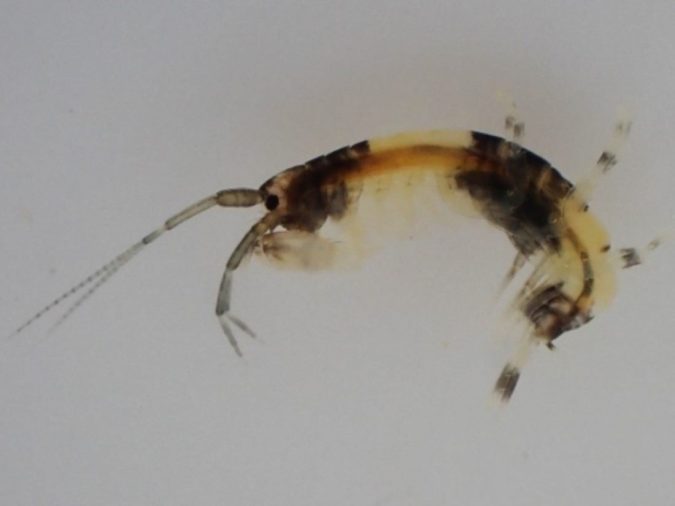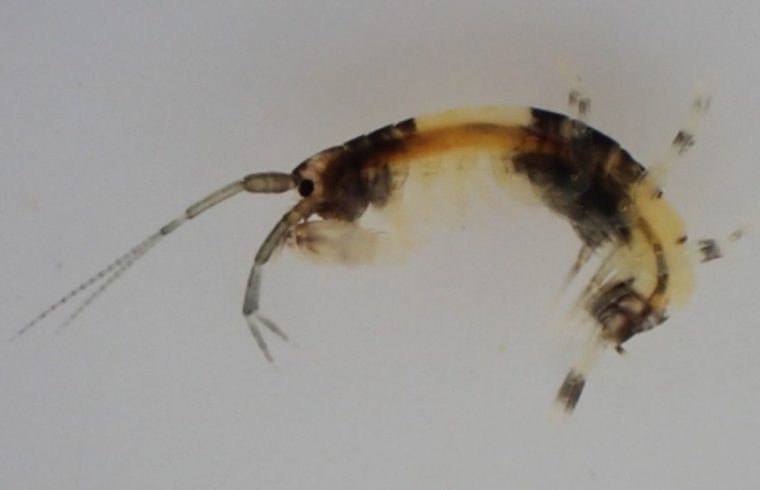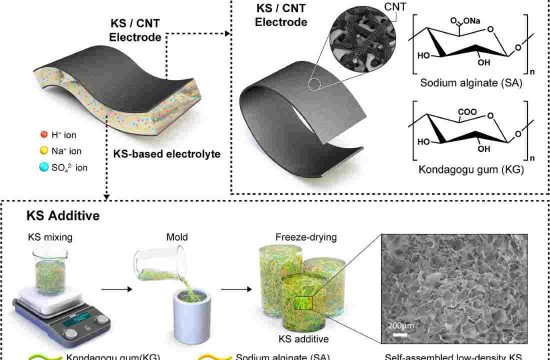
Decades after it was first found in Japan, a species of crustacean with unique black-and-white coloring that resembles a panda has been confirmed to be new to science. Melitid amphipods are shrimp-like crustaceans found worldwide.
The newly classified Melita panda — named after the charismatic mammal — was first found in the 1990s. Details of the discovery and morphological analysis were published in a ZooKeys article on 21 September.
The discovery of the Melita panda highlights the importance of studying species taxonomy, which is the naming and classification of organisms, for conservation efforts. It is impossible to know if a species is in danger of disappearing if it hasn’t even been identified.
“Despite the fact that biodiversity conservation is a global issue, species diversity and other aspects of biodiversity are still not fully understood. As a first step toward species conservation, we conducted a taxonomic study of amphipod Crustacea, which boasts high species diversity around Japan,” said Ko Tomikawa, a professor at Hiroshima University’s Graduate School of Humanities and Social Sciences in Hiroshima, Japan.
Before the discovery of Melita panda, there were 63 known species of Melita amphipods, with 16 of those found in Japan. Melita panda was found in intertidal waters in Wakayama Prefecture, Japan. There are likely even more unidentified and undescribed species of Melita amphipods in Japan’s coastal waters.
“Study on the amphipod Crustacea in the coastal zone of Japan is lagging behind. In order to accurately assess species diversity, taxonomic studies are necessary. We hope the discovery of a new species of amphipod with the familiar coloring of the panda pattern will increase the public’s interest in biodiversity and taxonomy,” said Tomikawa.
To identify the Melita panda, researchers did both a morphological study and molecular phylogeny using genomic DNA. The morphological description of Melita panda found unique features including its panda-like colors and other physical characteristics, while molecular phylogeny is used to identify how closely related the Melita panda is to other Melita amphipods. This information is used to create a phylogenetic tree or evolutionary tree of the known Melita amphipods. Phylogenetic trees are diagrams that show the evolutionary relationships between species.
The molecular phylogeny found that Melita panda is closely related to two other Melita amphipods, the Melita nagatai and Melita koreana. The panda-like coloring distinguishes Melita panda from these two other amphipods, along with other physical differences. Its gnathopods, which are claws that extend from the second thoracic segment, sit more forward than other Melita amphipods, covering another one of its appendages. Its setae, which are hair-like structures that look like bristles, are also distinguishable from other Melita amphipods. Together, the Melita nagatai, Melita koreana, and newly discovered Melita panda form a monophyletic group. This means they have a common evolutionary ancestor. In this case, it is the Melita hoshinoi.
Looking ahead, researchers will continue to study the Melita panda.
“Hopefully, a detailed study of the ecology and behavior of Melita panda will reveal the reason for its panda pattern,” said Tomikawa.
Beyond Melita panda, Tomikawa emphasized that there is still more to study.
“Further taxonomic studies on amphipods in uninvestigated areas are expected to lead to the discovery of additional new species. Continued taxonomic studies are expected to elucidate the biodiversity in the coastal environments of the Japanese archipelago and provide important basic data for species conservation,” he said.
Other contributors include Shigeyuki Yamato of Shirahama Katata in Wakayama, Japan, and Hiroyuki Ariyama at the Osaka Museum of Natural History in Osaka, Japan.
The Japan Society for the Promotion of Science KAKENHI grants supported this research.








